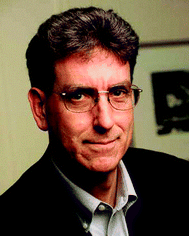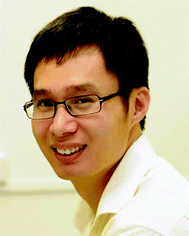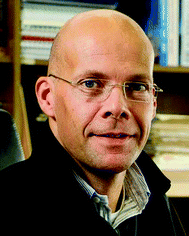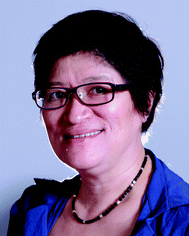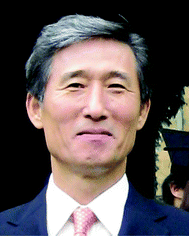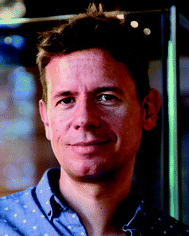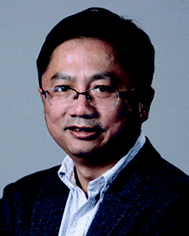DOI: 10.1039/C5NH90001H
(Editorial)
Nanoscale Horiz., 2016, 1, 8-10
New Horizons
Welcome to the inaugural issue of Nanoscale Horizons, the latest journal in the Horizons series published by the Royal Society of Chemistry. Nanoscale Horizons is the new home for rapid reports of exceptional significance containing conceptual advances and new insights. These reports will span the physics, chemistry, biology and engineering disciplines and encompass all research areas involved in nanoscience and nanotechnology, from information technology to drug discovery, biomaterials to electronics.Horizons journals
Nanoscale Horizons joins Materials Horizons as a premier journal in its field, upholding a similar vision and ethos. We strive to publish research that demonstrates a new concept and we ask our reviewers to assess manuscripts on this criterion, rather than focusing on technological improvements or higher performance values. We also want the journal to be a trustworthy resource for researchers at all career levels, and so we invite our authors to carefully explain the insight their research brings to the field, which is summarised in each article's Conceptual Insights section. Complementing the journals' communications and reviews, the Horizons Focus articles set out to further this educational component by tackling topic areas that are often misunderstood or require greater explanation.Sister to Nanoscale
Nanoscale Horizons has been developed to work alongside our pre-existing and prominent nanoscience journal, Nanoscale. The criteria for research in Nanoscale will remain the same and will continue to be maintained by the journal's Associate Editors. Our Editorial team will be pleased to advise authors on the most appropriate journal for their research and will endeavour to provide authors with the option to automatically transfer their Nanoscale Horizons manuscript to Nanoscale or another Royal Society of Chemistry journal, when manuscripts are deemed more suitable for publication elsewhere. Furthermore, Nanoscale Horizons joins Nanoscale as a collaborative venture between the Royal Society of Chemistry and a leading nanoscience research centre, the National Center for Nanoscience and Technology (NCNST) in Beijing, China.Introducing the Editorial Board
The relationship between Nanoscale and Nanoscale Horizons is also emphasised by the overlap in the Editorial and Advisory Boards of both journals and, notably, the involvement of Professors Xiaodong Chen and Dirk Guldi as both Nanoscale Associate Editors and Nanoscale Horizons Scientific Editors. The Nanoscale Horizons Editorial Board is headed by Professor Harold Craighead who is Professor of Engineering at Cornell University.Harold Craighead – Editorial Board Chair: Harold has been at the forefront of nanofabrication and the application of nanosystems for research and device manufacture throughout his career, with experience spanning both industry and academia. His research group at Cornell University focuses on the study and development of new methods for nanostructure formation, integrated fluidic/optical devices, nanoelectromechanical systems and single molecule analysis.
Other Board Members include:
We are committed to making Nanoscale Horizons a leader in its field and we encourage your feedback to help us do so. Get in touch with the Editorial Office team to let us know of any topics we should be covering in our Focus articles; if you plan to submit to us; or to pass on your general comments. We thank you in advance for your support.
Fiona McKenzie, Executive Editor.
Harold Craighead, Editorial Board Chair.
| This journal is © The Royal Society of Chemistry 2016 |

